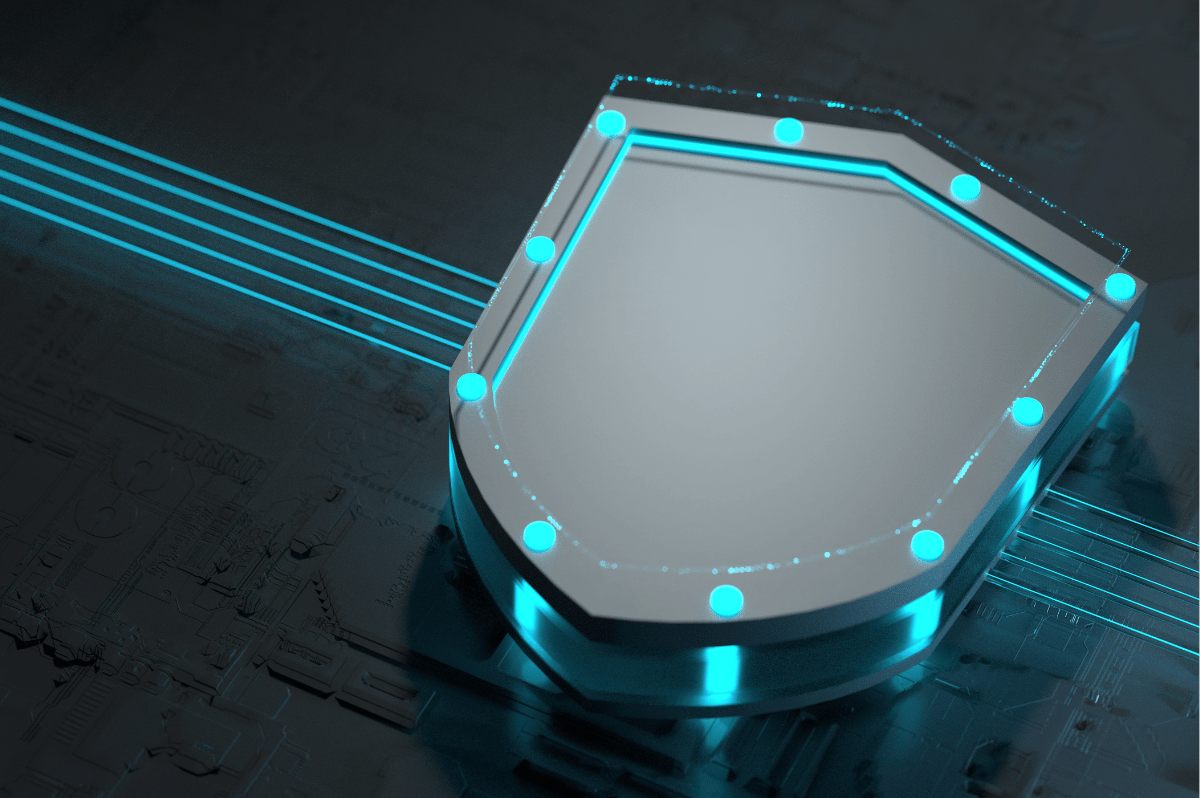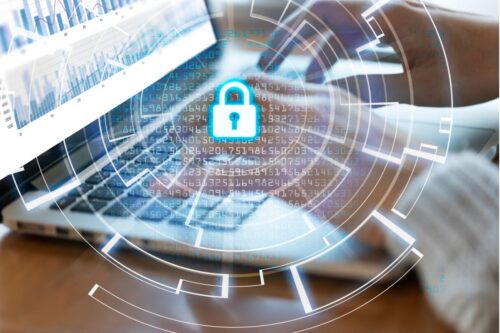8 Ways to Improve Threat Containment in 2025

The days of hoping a good firewall and strong passwords will keep attackers at bay are long gone. As we approach 2025, cyber threats are not only growing in number but becoming smarter and harder to predict. For large enterprises, the question is no longer if an attack will happen but when—and how well you can keep it from spiraling out of control.
Threat containment is the art (and increasingly the science) of isolating and neutralizing cyber threats before they cause widespread damage. Whether it’s halting a ransomware attack before it spreads across your network or isolating a rogue IoT device that’s been hijacked, effective containment strategies can mean the difference between a manageable incident and a full-blown crisis.
Let’s explore some of the top strategies enterprises should embrace to contain threats in the fast-evolving cybersecurity landscape of 2025.
Top Threat Containment Areas of Focus for 2025
1. Strengthening Endpoint Detection and Response (EDR)
Endpoints—whether laptops, smartphones, or IoT devices—remain among the weakest links in an enterprise’s security perimeter. Endpoint Detection and Response (EDR) systems have become vital tools for detecting and containing threats at the device level.
In 2025, the focus will shift to:
- Automated remediation: Modern EDR solutions can isolate an infected endpoint immediately, cutting it off from the network to prevent lateral movement.
- Extended Detection and Response (XDR): Integrating endpoint security with telemetry from email, network traffic, and cloud environments for better threat visibility and faster containment.
2. Investing in AI-Driven Threat Intelligence
Artificial intelligence and machine learning are transforming cybersecurity by providing faster, more accurate insights into potential threats. AI-driven threat intelligence tools can sift through massive amounts of data to identify patterns and anomalies, empowering enterprises to act proactively.
For threat containment, AI-driven solutions help:
- Predict attack vectors: Understand and anticipate how attackers might pivot after an initial breach.
- Automate containment measures: Trigger quarantines for specific devices or users based on predefined criteria.
- Reduce dwell time: Rapidly identify and neutralize threats before they spread.
3. Implementing Network Segmentation
Network segmentation involves dividing an enterprise’s IT infrastructure into smaller, isolated segments. This strategy ensures that a breach in one part of the network doesn’t immediately compromise the entire organization.
For 2025, enterprises should:
- Use software-defined segmentation: Leverage tools that create virtual segments dynamically, making it harder for attackers to navigate.
- Integrate NAC solutions: Network Access Control (NAC) ensures only authorized devices can communicate within each segment.
- Pair with micro-segmentation: Apply granular controls within segments to further limit potential pathways for attackers.
4. Enhancing Incident Response Plans
An incident response (IR) plan is essential for effective threat containment, and 2025 calls for a refresh to reflect modern attack methods. Enterprises should focus on:
- Tabletop exercises: Regularly simulate breaches to test the efficiency of containment measures and improve cross-team coordination.
- Playbooks for automated containment: Predefined response scripts can automate threat isolation, such as blocking a malicious IP or disabling compromised accounts.
- Post-incident analytics: Utilize insights from past incidents to fine-tune response strategies and close security gaps.
5. Focusing on Secure IoT Management
With IoT devices proliferating across industries, securing these endpoints has become a critical challenge. Many IoT devices lack robust security features, making them easy targets for attackers seeking entry points into enterprise networks.
To contain threats originating from IoT devices:
- Enforce IoT-specific NAC policies: Ensure that IoT devices can only access designated network segments.
- Conduct regular firmware updates: Patch vulnerabilities to reduce attack vectors.
- Implement anomaly detection: Monitor IoT behavior for deviations that could indicate compromise.
6. Leveraging Cloud-Native Security
As enterprises continue to migrate workloads to the cloud, containing threats in hybrid and multi-cloud environments becomes increasingly complex. Cloud-native security solutions provide flexibility and scalability to manage threats across diverse environments.
Key strategies include:
- Cloud workload protection platforms (CWPP): Secure workloads with automated scanning and threat remediation.
- Cloud Security Posture Management (CSPM): Continuously assess and rectify misconfigurations that could lead to breaches.
- Identity and Access Management (IAM): Enforce least privilege principles and conditional access in cloud environments.
7. Utilizing Deception Technology
Deception technology deploys traps and decoys within the network to lure attackers away from valuable assets. By wasting an attacker’s time and resources, these tools give security teams the upper hand.
In 2025, expect to see:
- Integrated deception solutions: Combined with EDR and SIEM systems, deception tools can automatically trigger containment measures when triggered.
- Dynamic decoys: Deploying decoys that adapt based on the attacker’s tactics.
8. Prioritizing Human-Centric Security
While technology plays a critical role in threat containment, human error remains a significant vulnerability. Training employees to recognize and respond to threats effectively is crucial.
Enterprises should:
- Run phishing simulations: Test employee awareness and improve response times.
- Promote a security-first culture: Ensure employees understand their role in minimizing risks and containing threats.
- Empower incident reporting: Create an environment where employees can report potential threats without fear of reprisal.
The Road Ahead for Threat Containment Success
Threat containment is a critical pillar of a comprehensive cybersecurity strategy, especially as the sophistication of cyberattacks continues to grow. For large enterprises, implementing these strategies not only minimizes potential damage but also ensures a resilient security posture. In 2025, success will depend on combining cutting-edge technology with proactive planning and robust human collaboration. By staying ahead of the curve, enterprises can turn threat containment from a reactive response into a strategic advantage.
Try Portnox Cloud for Free Today
Gain access to all of Portnox's powerful zero trust access control free capabilities for 30 days!






